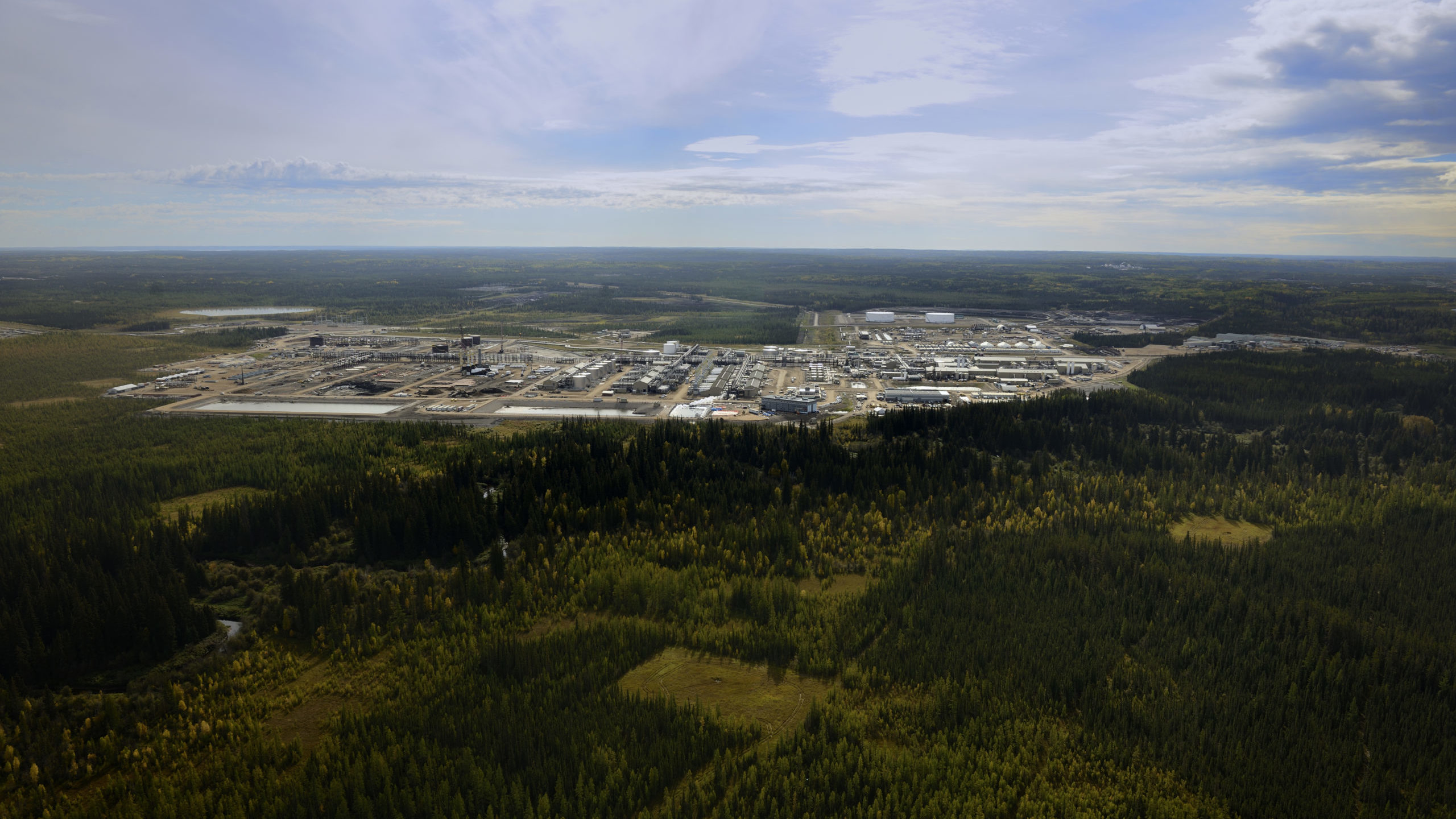In a hypothetical world where oil demand dramatically declines and oil prices follow, it is Canada’s oil sands that is likely to stand out and keep going, according to a report by the C.D. Howe Institute.
This runs counter to the widely held perception that oil sands projects are high-cost and at risk of shutting down with lower prices, writes author Kent Fellows. But that scenario itself is unlikely to unfold, he adds.
No matter what happens to oil demand, a “catastrophic sustained reduction” in prices is unlikely. The OPEC cartel has shown time and time again that it will adjust production to protect prices in the best interest of its member states.
In the meantime, oil sands projects are likely to continue the steady drumbeat of reliable production, even if prices dip.
“Canada’s oil sands are a somewhat special resource globally,” Fellows wrote.
Slower but steady growth
The last three years of data illustrate his point.
Since 2019, the monthly average price of North American benchmark West Texas Intermediate has fluctuated from as low as US17 to as high as US$115 per barrel, or about US$55 per barrel overall.
Over that period, oil sands production grew by about 5 per cent, or 160,000 barrels per day. At the same time, U.S. conventional oil production decreased by about 9 per cent, or just over one million barrels per day.
Notably, little of the oil sands growth can be attributed to the Fort Hills mine, the last megaproject completed in 2018. According to Alberta Energy Regulator data, the increase from 2019 to 2021 came primarily from in situ, or drilled, projects.
Even with relatively low oil prices and without multibillion-dollar investments in new production, the oil sands sector continued to grow.
Benefits of near-zero decline
The industry has a unique cost structure, Fellows wrote.
Oil sands projects require large upfront spending, but because of geology, once they are up and running have near-zero rates of decline, resulting in relatively low spending needed after the initial capital cost.
With different geology, U.S. conventional oil production is less costly to start up but has high rates of decline, requiring a constant churn of new drilling to keep production rates steady.
The main benchmark crude produced in the oil sands Western Canada Select (WCS). Fellows estimated that nearly all oil sands producers will continue to produce and potentially marginally expand as long as the prevailing price of WCS remains above C$40/bbl.
The majority will continue to produce as long as the prevailing price is above the C$25-$30 range, and some will continue to produce at prices as low as C$15-20.
In contrast, conventional producers largely will stop investing in new production at WTI prices below US$45 – roughly equivalent to a WCS price of C$40.
“The prevailing price would have to drop below C$10 per barrel before all oil sands operators would choose to cut production,” Fellows wrote.
A significant opportunity
World oil demand is expected to continue to stay strong through 2050 even as more renewable energy sources come online.
The International Energy Agency (IEA) projects global oil demand will increase to 102 million barrels per day in 2030, up from 94.5 million barrels per day in 2021. By the middle of this century, the world is expected to still consume 102 million barrels per day.
That represents significant potential for Canada and the oil sands sector. Unless, as Fellows puts it, government policy decides to actively forgo that economic opportunity.
The unaltered reproduction of this content is free of charge with attribution to Canadian Energy Centre Ltd.
